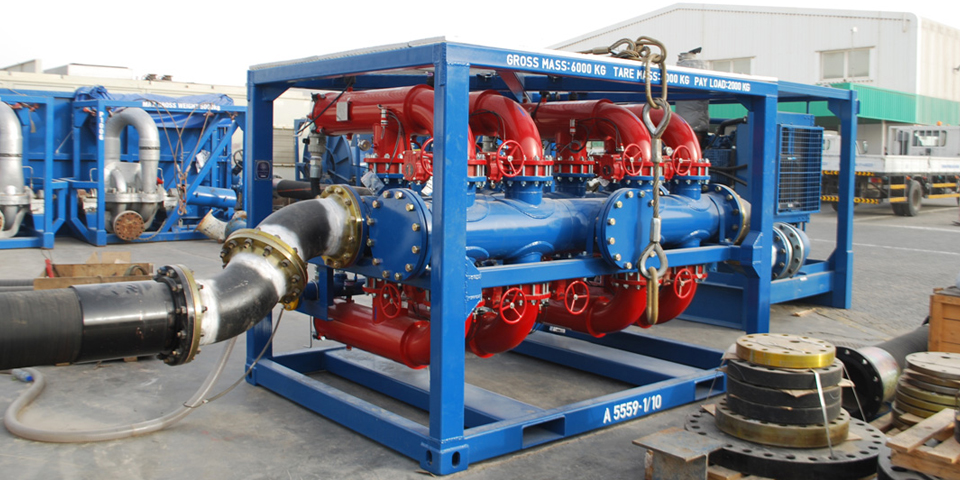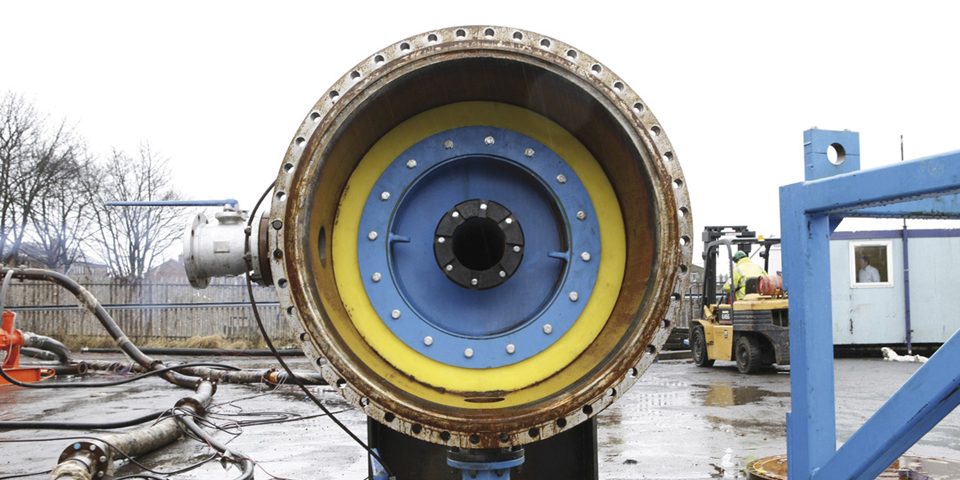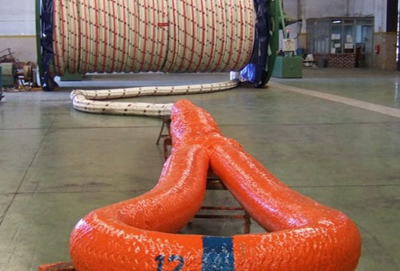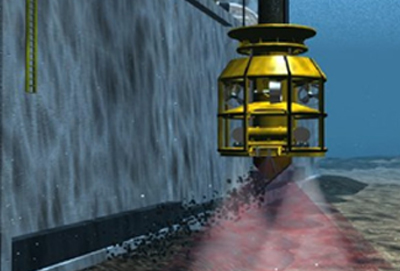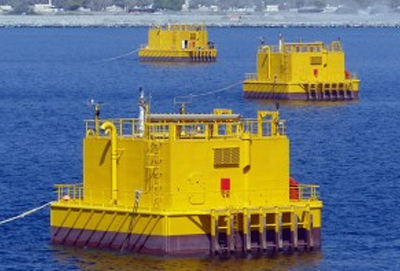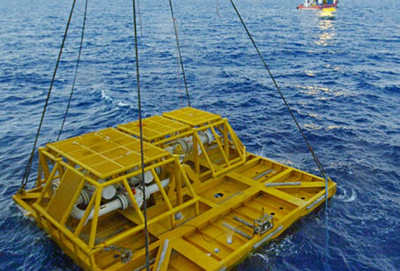Details
- Construction Date 04 Sep 2018
- Category Offshore
Description
After completing pipeline construction works the usually debris (welding rods, mud etc…) has to be removed out of the pipeline system in order to ensure a successful gauging & flooding pig run.Therefore temporary low pressure launcher header &low pressure receiver header has to be installedor welded to the pipeline ends. Those headers are equipped with back doors which will allow inserting and removing unlimited number of pigs. This is necessary to ensure a continuous operation.
Usually there are two different kinds of cleaning Pigs. Brush and Magnet equipped Bi-directional Pigs. Immediately prior to launching, and upon receipt, each pig will be visually inspected and full details noted on a checklist, which will be submitted for approval to the client. Each pig has to be uniquely identified and marked for direction of travel. The cleaning pigs will be propelled by compressed air and the runs will be repeateduntil the debris removed from the pipeline has reducedconsiderably and accepted by the client.Therefore all debris recovered off the pigs,from the pigsorwithin the pig traps shall be monitored, measured and recorded. The debris removed from the pipelineshall be safely disposed at the location approved by the client and local authorities.
Gauging
After completing pipeline cleaning operation the usually debris (welding rods, mud etc…) has been removed out of the pipeline system now the gauging operation will take place in order to ensure a successful flooding and hydro test operation.In general the aim of this operation is to prove the continuous diameter of the pipeline i.e. the absence of any significant dents, ovalities or defects caused during the construction phase. This process also gives a baseline for the pipeline at the date of construction. Therefore the same temporary low pressure header asused for the cleaning activity before will be loaded with a standard Bi-directional Pig equipped with a aluminium plate (gauging plate)normally machined to a pre-set tolerance diameter between 95% and 97% of the pipeline inner diameter (ID).The pig & platehas to be uniquely identified and marked (numbered & date) for direction of travel.Immediately prior to launching, and upon receipt, the pig will be visually inspected and full details noted on a checklist, which will be submitted for approval to the client. Any damage to the gauging plate is an indication that there is a reduction of diameter (dent, ovality etc…) in the pipeline system that will need further investigation in this case usually a second gauging run will be carried out to confirm the results from the first run. After the second run and confirmation of damage the decision may be taken to run a caliper pig to get more detailed information regarding the position and nature of the deformation

